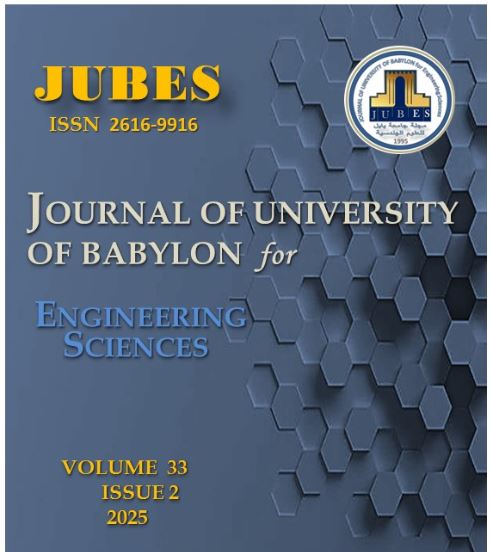The Role of Ceratophyllum Demersum in Heavy Metal Adsorption: Analysis of Mechanisms, Efficiency, and Environmental Impacts Review
Main Article Content
Abstract
Heavy metal contamination presents a considerable risk to aquatic ecosystems and human health. This research examines the viability of Ceratophyllum demersum (often referred to as hornwort) as a sustainable and economical biosorbent for the extraction of heavy metals from polluted water. The review emphasizes the plant's distinctive adsorption mechanisms, encompassing biosorption and bioaccumulation, and analyses the elements affecting its efficiency, including pH, temperature, and contact duration. A comparative analysis with other aquatic plants, including Eichhornia crassipes and Hydrilla verticillata, reveals the better efficacy of C. demersum in heavy metal adsorption. The review examines the environmental uses of C. demersum in phytoremediation and water treatment systems, highlighting its potential to enhance environmental sustainability. Future research avenues are proposed to enhance its application in extensive implementations.
Downloads
Article Details
Section

This work is licensed under a Creative Commons Attribution 4.0 International License.
